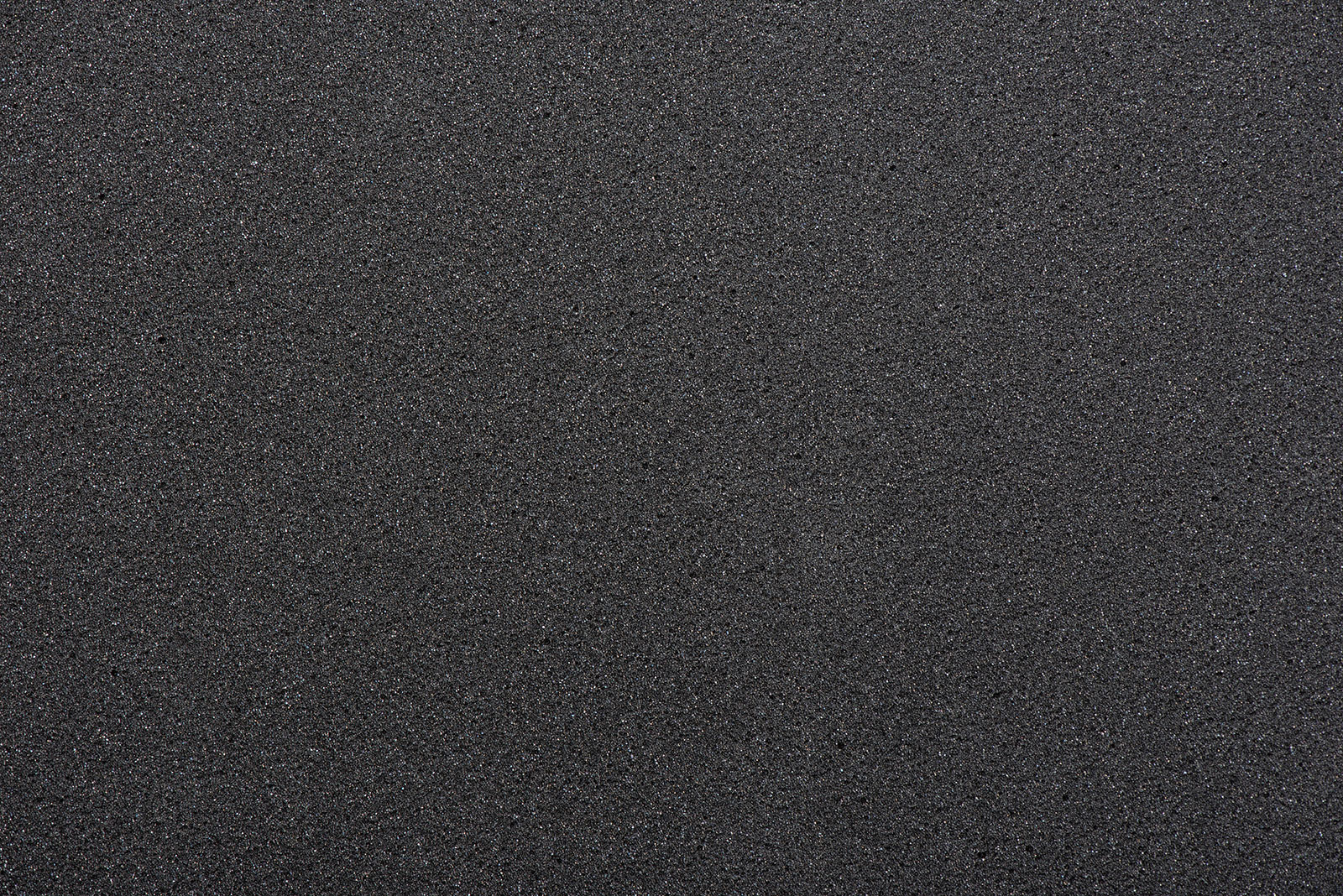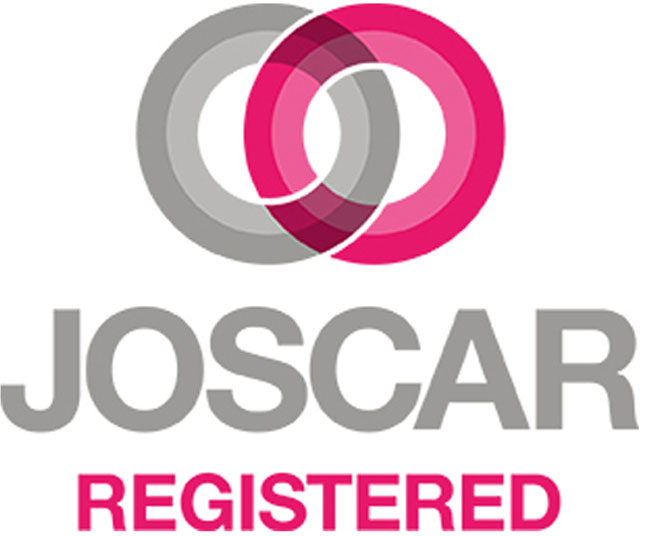
Glossary of Foam Terms
This glossary is designed to help you better understand the foam conversion processes, materials, and techniques used by Kewell Converters. Whether you’re in aerospace, defence, industrial engineering, or other sectors we serve, this guide explains the terms and technologies behind the bespoke foam products we create.
This glossary covers not only foam fabrication techniques and materials but also the key aspects of quality control and production processes. It provides a holistic view of the entire journey foam products take from conception to delivery, ensuring that Kewell Converters’ products meet the highest standards in every step. If you have further questions, feel free to reach out for more details!
Foam types & materials
- Acoustic foam: Specialised foam used to absorb sound and reduce noise, commonly found in soundproofing and noise control applications
- Chip foam: Foam made from shredded materials, typically used in packaging, cushions, and insulation
- Anti-static & conductive foam: Foam that has been treated to resist the build-up of static electricity or to safely conduct it away, commonly used for protecting electronic components
- Cellulose foam: A natural, biodegradable foam made from plant cellulose, often used in environmentally conscious products
- Composites: Materials made from two or more different materials (e.g., foam combined with fibres or resins) that enhance the properties of the foam, such as strength or flexibility
- Ecozote®: A sustainable foam from Zotefoams containing recycled content (typically 30%). Offers durable performance while supporting environmental goals
- EPDM rubber foam: A type of foam made from ethylene propylene diene monomer (EPDM) rubber, offering excellent durability and resistance to heat and the weather
- Ethafoam® HRC / MRC: High Recycled Content and Maximum Recycled Content versions of polyethylene foam from Sealed Air. Known for resilience and sustainability in industrial, defence, and transport packaging
- EVA foam: Ethylene-Vinyl Acetate foam, a soft, durable foam that is commonly used in packaging, sports gear, and footwear
- Fire rated foam: Foam that has been treated to meet specific fire resistance standards, important in industries like aerospace, automotive, and construction
- GalFoam: A roll-form foam used in continuous manufacturing, suitable for applications like HVAC, construction, and automotive due to its durability and ease of fabrication
- Healthcare & hygiene foam: Foams specifically designed for medical and hygiene applications, such as prosthetics, orthopaedic cushions, and hygiene products
- Impact-resistant foam: Foam designed to absorb and dissipate kinetic energy from shocks, vibrations, or collisions. Commonly used in protective packaging, vehicle linings, and defence applications
- Neoprene foam: A synthetic rubber foam known for its flexibility, chemical resistance, and weather resistance, used in a range of industrial, automotive, and medical applications
- PalFoam: A cross-linked polyethylene foam in block form used for gaskets, pads, and packaging with a smooth finish and good dimensional consistency
- Polyethylene (PE) cross-linked foam: Foam made from polyethylene that has been cross-linked (chemically bonded), giving it higher density and more durability. Used in insulation, packaging, and seals.
- Polyethylene non-cross-linked foam: A lightweight, flexible foam commonly used for packaging and insulation, but with lower density and durability than cross-linked PE foam
- Polyurethane foam: A versatile foam material used in a wide variety of applications, from seating and bedding to insulation and automotive
- Polyether foam: A type of polyurethane foam with better resistance to water and environmental factors, used in construction and automotive industries
- PVC foam: A rigid foam made from polyvinyl chloride (PVC), used in signage, marine applications, and insulation
- Reticulated filter foam: Foam with an open cell structure, often used in filtration systems where airflow or liquid filtration is necessary
- Richpak® foam: A durable, non-abrasive foam series developed for transit protection and technical applications. Known for its strength and precision performance.
- Stratocell® R: A recyclable polyethylene foam with at least 65% recycled content. Used in protective packaging for aerospace, military, and industrial applications with an eco-conscious focus
- Sustainable & eco-friendly foam: Foams made from biodegradable or recyclable materials designed to minimise environmental impact
- ZOTEK® F (PVDF): A high-performance foam made from polyvinylidene fluoride, known for exceptional chemical resistance and thermal stability (up to 160°C). Used in aerospace, defence, and medical applications. Approved by NASA, Boeing, Airbus and FDA
- ZOTEK® N (Nylon): A nylon-based foam offering high strength-to-weight ratio and excellent insulation properties, ideal for lightweight, structural or protective aerospace and industrial applications
- ZOTEK® T (Elastomeric): An elastomer-based foam providing impact protection and high energy return, frequently used in military gear, PPE, and high-performance sports equipment
Manufacturing & fabrication techniques
- CNC (Computer numerical control): A technology that uses computers to control the movement of machines, such as routers, cutters, and lasers, ensuring high precision in foam fabrication
- CNC vertical contour cutting: A technique where foam is cut vertically in intricate shapes and contours using CNC machinery, offering precise edge finishes for complex designs
- CNC water-jet cutting: A cutting method that uses high-pressure water to cut foam, providing precise and clean cuts without affecting the foam’s material integrity
- CNC laser cutting, marking & engraving: A laser is used to cut or engrave foam, offering high precision for intricate designs, part marking, or branding purposes
- CNC milling & routing: The process of using rotary tools to carve or shape foam materials, allowing for detailed 2D and 3D designs
- Component integration: The process of combining multiple foam or non-foam components into a single functional assembly during fabrication—reducing supply chain steps and improving performance
- Design-for-Manufacture (DFM): A collaborative design process that ensures parts are optimised for efficient, cost-effective manufacturing without compromising performance or quality
- Multi-axis routing: An advanced CNC machining process that allows complex 3D foam shapes to be created by cutting along multiple axes. Used for high-precision foam inserts and assemblies
- Precision press/die cutting: A process where foam sheets are pressed into a die to cut out specific shapes or designs with high accuracy
- Strip cutting & band sawing: A technique used for cutting foam sheets into strips or shapes using a band saw or automatic cutting equipment
- Horizontal cutting / splitting: A process of cutting foam sheets horizontally to achieve thinner or custom-sized sections
- Tube & cord profiling (Forming): The process of shaping foam into tubes, cords, or other continuous profiles for applications like seals, gaskets, or insulation
- Thermoforming (Compression) moulding: Foam is heated and then compressed into moulds to form custom shapes. This technique is used for creating parts like insulation panels or specific shaped inserts.
- Vacuum forming: A process where foam is heated and then vacuumed into a mould to form specific shapes. Commonly used in creating packaging or protective inserts.
- Butt-welding: A process where foam pieces are joined together by heating and pressing the edges, creating a seamless bond.
- Heat laminating: The process of bonding layers of foam together using heat, typically for added thickness or strength.
See our manufacturing capabilities
Production
- Sub-Contract manufacturing: Subcontracting, otherwise known as contract manufacturing or private manufacturing, is the process of outsourcing either a part or all your manufacturing to an external company. This service is offered at Kewell Converters.
- Self-adhesive backing (SAB) application: Foam materials can be laminated with a self-adhesive backing, allowing them to stick to surfaces without additional adhesives. Release paper protects the adhesive being applied.
- Custom fabrication: Tailored foam solutions are created using advanced machinery and techniques to meet the unique requirements of each client
Foam products
- Expansion joints: Also known as movement joints, these components are used in construction and engineering to absorb thermal expansion and contraction in materials. Foam expansion joints prevent structural damage and ensure the long-term integrity of bridges, buildings, pipelines, and other critical infrastructure
- Foam strips, sheets, & blocks: Standard foam formats used for a variety of applications, including packaging, insulation, and cushioning
- Acoustic foam panels: Panels made from sound-absorbing foam for noise reduction and soundproofing
- Foam rolls & log cut foam folls: Foam products available in continuous rolls, which can be cut into specific sizes as required
- Foam cord & tubes: Foam shaped into cord or tube forms for use in seals, gaskets, or custom applications
- 2D foam components & 3D foam parts: Flat or intricate foam shapes created through CNC routing, cutting, or moulding
- Foam mouldings: Custom-shaped foam pieces created using techniques like thermoforming or vacuum forming
- HVAC foam insulation: Foam components used in Heating, Ventilation, and Air Conditioning (HVAC) systems to reduce energy loss, dampen noise, and provide airtight sealing in ducts and piping
- Case inserts & presentation kits: Foam inserts designed to protect delicate items during transit or as part of custom packaging solutions
- Military-grade foam: Foam materials engineered to meet stringent defence and military specifications for durability, shock absorption, flame resistance, and compatibility with sensitive components (e.g., explosives). Used in mission-critical defence applications
- Scaffold protectors: Foam used to protect scaffold structures and prevent damage to both the scaffold and surrounding areas.
- Thermofoams: High-performance foams used in thermal insulation and temperature-sensitive applications
- Seals & gaskets: Foam components used to create airtight or watertight seals in machinery, vehicles, and buildings.
- Foam cases: Custom foam cases designed to protect items during transit or storage, often used for tools, equipment, and delicate products
Quality control
- ISO 9001:2015 Certification: A global standard for quality management systems, ensuring that companies consistently meet customer and regulatory requirements. Kewell Converters is ISO 9001:2015 certified, guaranteeing high-quality production processes and customer satisfaction.
- EN393: A European standard for buoyancy aids used in lifejackets and flotation devices. Indicates compliance with safety requirements for use in water rescue and personal flotation applications
- First article inspection (FAI): A detailed inspection performed on the first product manufactured in a production run to ensure that it meets all specifications and quality requirements before mass production begins
- Dimensional accuracy: Ensuring that foam products are cut and shaped to exact dimensions as specified in the design stage. It involves measuring and confirming the size, shape, and alignment of finished parts.
- Statistical process control (SPC): A method of monitoring and controlling the foam production process using statistical techniques to ensure the quality of the final product is consistent
- Tensile strength: A test that measures the amount of force foam can withstand before breaking. This is especially important in applications requiring durable materials, such as aerospace and military.
- Compression set: A test used to evaluate how much a foam material can resist permanent deformation under a compressive load. It’s crucial for applications where the foam must retain its shape over time, such as seals and gaskets.
- Fire testing (e.g., BS 476, UL 94): Standards and tests used to determine how fire-resistant foam materials are. Different industries have varying fire safety standards, especially for aerospace, military, and construction.
- Environmental testing: Foam products are often subjected to tests that simulate environmental conditions (e.g., extreme temperatures, humidity, UV exposure) to ensure they perform reliably in real-world conditions.
- Lot traceability: The ability to trace the origin of materials used in foam production and identify any deviations from quality standards during the manufacturing process. This is essential for industries with strict regulations, like aerospace and defence.
- Batch testing: Testing of foam products in batches to ensure consistency. This can include checking for consistency in physical properties like density, hardness, and flame retardancy
- Visual inspection: A key part of quality control, where products are manually checked for visible defects such as tears, incorrect cuts, and surface imperfections before they are shipped
- Clean room standards: In some sectors like medical and aerospace, foam products are manufactured in a controlled, dust-free environment to prevent contamination. Clean room standards ensure that these conditions are met. Kewell Converters can offer this facility.
- SOLAS (Safety of Life at Sea): An international maritime safety standard outlining requirements for life-saving appliances such as flotation devices, ensuring reliability in emergency situations at sea
- DEF STAN 81-116: A UK Ministry of Defence Defence Standard outlining requirements for packaging materials compatible with explosives. Foam products meeting this standard are safe for use with munitions and sensitive defence equipment
- JOSCAR (Joint Supply Chain Accreditation Register): A cross-sector supplier accreditation system used by the UK defence, aerospace, and security sectors. It validates suppliers for quality, security, and compliance, reducing procurement risk
Find out more about quality at Kewell Converters
Pre-production terms
- CAD (Computer-Aided Design). This stage involves creating a virtual model of the product to assess its feasibility and functionality.
- 2D/3D CAD models: Computer-generated designs of foam parts, allowing customers to visualise and modify product dimensions and features before cutting begins. These designs help streamline production and reduce errors. Kewell Converters offers this on all projects.
- Tooling & mould design: The creation of custom tools and moulds used in the production process (e.g., for thermoforming or die cutting). Tooling and moulds are essential to ensure consistent and accurate foam products.
- Production feasibility study: A thorough analysis conducted before full-scale production to assess the technical, financial, and logistical feasibility of producing a specific foam product
- Sample: A small batch of foam products can be created to test the manufacturing process, material selection, and design integrity before full-scale production begins
- Material certification: Before production begins, the materials are often certified to meet industry-specific standards (e.g., aerospace, medical, automotive). This ensures the materials meet the required properties, such as flame retardancy, tensile strength, and chemical resistance.
Production Process Terms
- Batch production: A production process where foam products are made in large batches. Each batch is typically identical and produced in one continuous process, allowing for efficient manufacturing.
- Mass customisation: A strategy in which foam products are manufactured in large quantities but tailored to meet specific customer requirements, combining the cost-effectiveness of mass production with the flexibility of custom manufacturing.
- Lean manufacturing: A set of principles aimed at improving efficiency and minimising waste in the manufacturing process. This includes optimizing workflows, reducing downtime, and continuously improving production methods. Kewell Converters use this process.
- CNC (Computer Numerical Control): A technology used to control the movement of machines, like routers, cutters, and lasers, with high precision. CNC machining allows Kewell Converters to produce intricate foam shapes and designs with minimal waste.
- Foam blending/compounding: The process of mixing different raw materials (like chemicals, additives, and foaming agents) to create a custom foam formulation with specific properties such as improved durability, flexibility, or insulation.
- Compression moulding: A method where foam is placed in a mould, and then heat and pressure are applied to form the foam into a specific shape. It is used for creating solid, durable parts from foam.
- Rotational moulding: A technique used to create hollow foam products. In this process, foam material is heated in a mould and then rotated, ensuring an even coating of foam and creating a hollow centre.
- Quality control sampling: During production, random samples are taken from foam products for inspection and testing to ensure they meet the required quality standards. This includes checks for dimensional accuracy, material integrity, and surface finish.
- Modular construction: A method of construction where buildings or units are manufactured off-site in sections (modules), often using lightweight foam parts for insulation, sealing, or protection during transport and assembly
- Turnkey foam solutions: A fully managed service that includes material sourcing, CAD design, foam fabrication, assembly, and delivery. Reduces supplier complexity by offering an end-to-end foam packaging or component solution
Got an upcoming project?
Discover how Kewell Converters can protect what matters most. Get in touch or request a quote today.

















